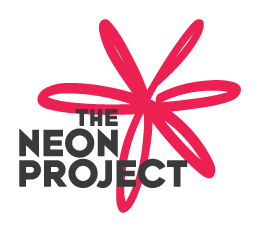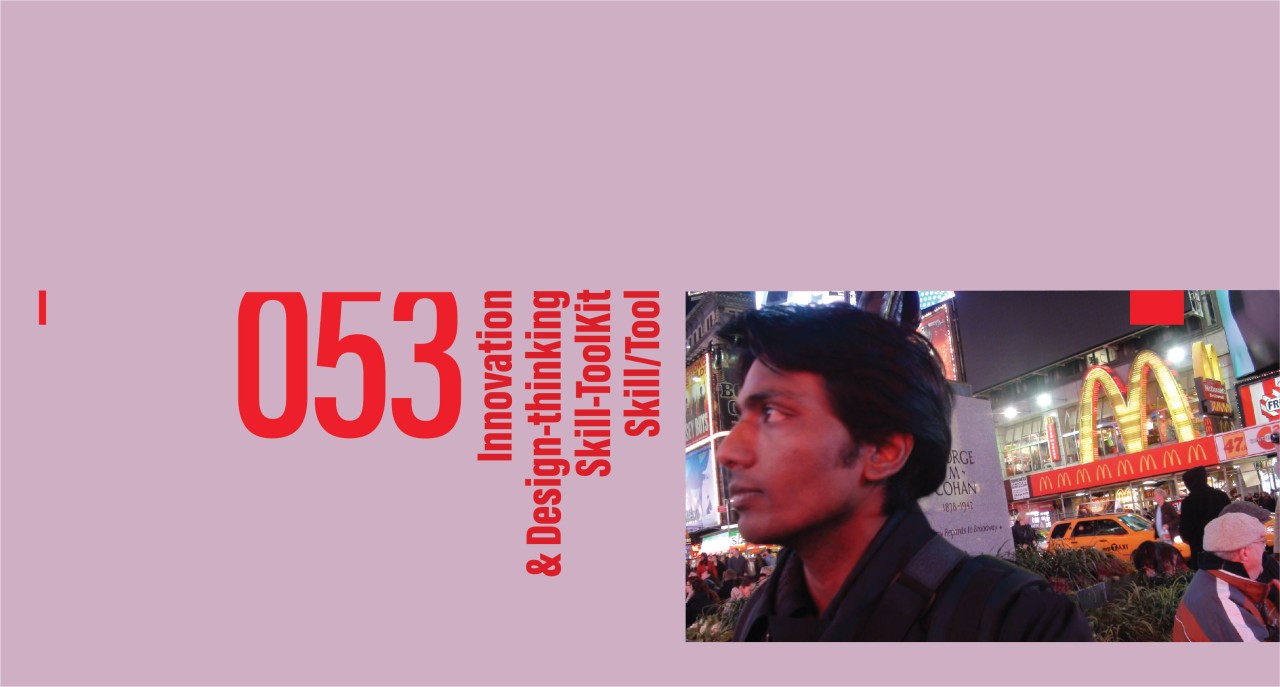Tool: Brand Naming skill/tool
——
“What is in a name”
(Shakespeare meant that the name of a thing does not matter as much as its quality).
Yes, we all know the above famous quote by William Shakespeare. But we have to pardon him for taking ‘name’ so lightly. Yes! I know, I know, he wasn’t a branding guy. Therefore he took it lightly. Unfortunately, Shakespeare is not alive; otherwise, we could have asked him, why won’t he change his children’s name, Hamnet Shakespeare to Horribly Shaker, Susanna Hall to Sad Hell, and Judith Quinney to Jungle Quack. Ya! I know some of you might argue about people, and brand naming can’t be treated the same. Why? As we brand guys know, a brand is like a living person; it has personality, DNA, tone of voice, etc. If that is so, why can’t we be sensitive while name brands as well?
Oh! Some might say, you know Elon Musk named his child as ‘X Æ A-12.’ Nowadays, people are very experimentative and not too sensible while naming their childer! Yes & No, Just read the below description of what father Elon Musk said it’s profound at the same time name ‘X Æ A-12’ sound like a Tesla car chassis number! ha ha ha
(Elon Musk said his new baby is named X Æ A-12. … the significance of each letter explaining that X stands for “the unknown variable,” Æ stands for “my elven spelling of Ai,” and A-12 is the “precursor to SR-17 (our favorite aircraft).
The moral of the story is that in my view, the name does matter as much as the action; In fact, they both could complement each other. A brand with an extremely promising name and underdelivers on its promise will lose face and market both. So be careful!
——
My tips on brand naming:
——
TRADITIONAL BRAND NAMING METHODOLOGIES:
—
1 FOUNDER NAME: This is the most cost-effective way of naming your company! Costs you zero dollars! Ha, Ha Ha.
For example, Ford, Mahindra, Mc. Donalds.
—
2 INITIALS: Most mindless way of naming a company! Ha, Ha Ha.
For example, brands like MRF, IBM, BMW.
—
3 GEOGRAPHICAL NAME: No intelligence required to generate a geographically based name (somebody has already worked hard and named those places). Ha, Ha Ha.
For example, Himalayan Water, Cisco (last five letters of San Francisco), Oxford.
—
4 DESCRIPTIVE NAME: which describes the product/service offerings.
For example, Post-it, Whole Foods Market, 7-Eleven retail
——
POPULAR BRAND NAMING METHODOLOGIES:
—
1 PERSONIFICATION: a real or mythical person who is not a founder (could be historical figures, legends, fictional characters, mascot),
For example, Tesla Motors, Smiling Cow, Atlantis Hotel.
—
2 EVOCATIVE NAMES: names that are designed to paint a vivid impression.
For example, FCUK, Yeti, Uniqlo
—
3 RHYMING NAMES: memorable and fun to say.
For example, Dunkin Donut, RimJim, Coca-Cola
—
4 MADE-UP NAMES: This could help to create a sense of uniqueness.
For example, Twitter, Google, Lakme
—
5 DERIVATIVE NAMES: Like you have heard about, but somehow been changed to sound different.
For example, Nespresso (expresso), Verizon (horizon), Pixar (Pictar-Picture)
——
NEW TREND BRAND NAMING METHODOLOGY:
—
1 PURPOSE DRIVEN NAME: A good number of consumers feel that they are having a positive impact on the world by buying from Purpose-driven brands. Hence a large number of consumers say they would buy from a company that leads with purpose.
What is ‘Purpose’ is this case!
The purpose is a business strategy that highlights impacting positive change in our social environment. Think about as a brand what positive change you aspire to create and then showcase it.
For example, a clothing brand called ‘TenTree.’ They consider themselves a ‘social change’ brand and doing their part in saving the planet by selling clothes. Their purpose is to regenerate the earth. How do they do it? They plant ten trees for every item sold.
(When you are inventing new ideas for your business, discover your purpose first. Then find your strategy for fulfilling that purpose. Then only you finally begin choosing a brand name!)
——
In conclusion, as Innovators and Design-thinkers, you must consider naming as a holistic approach, not an isolated act of how it was done traditionally.



